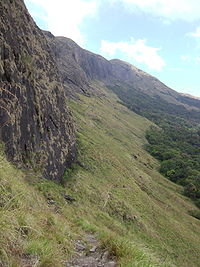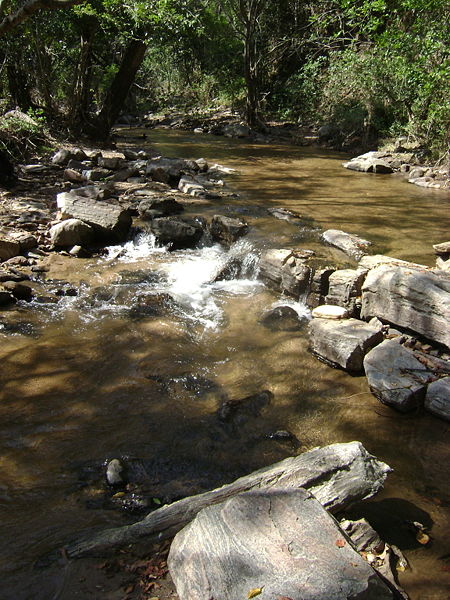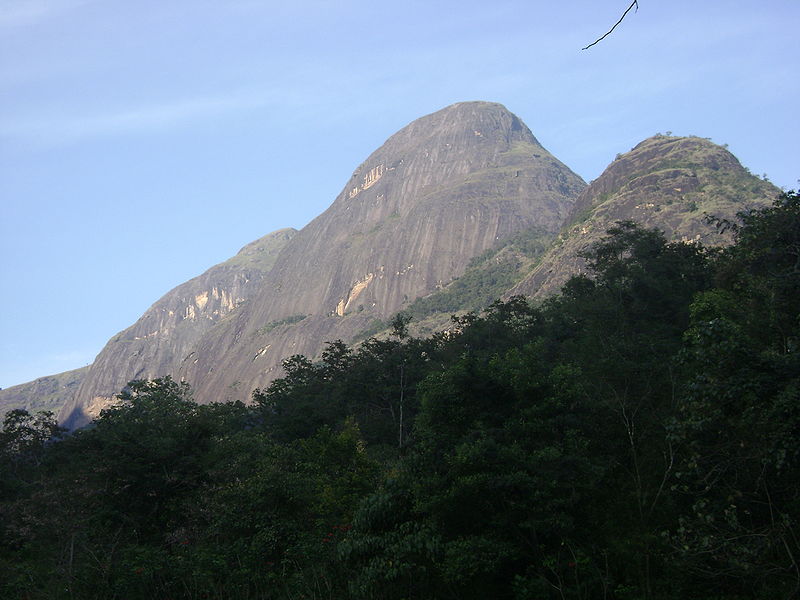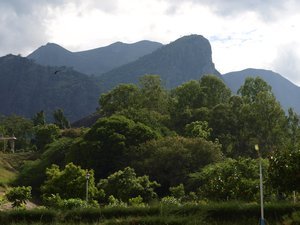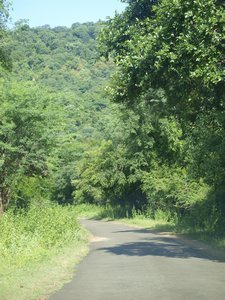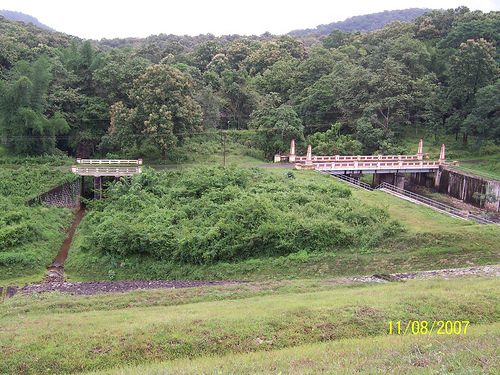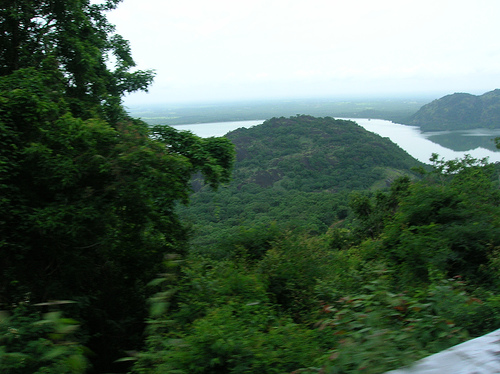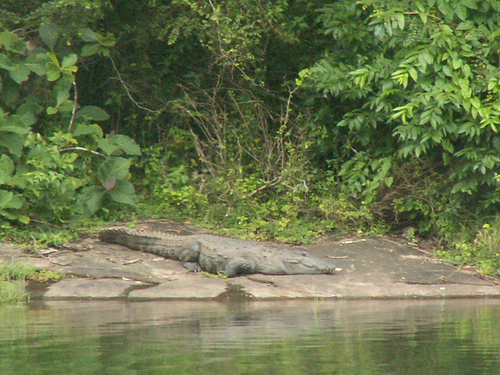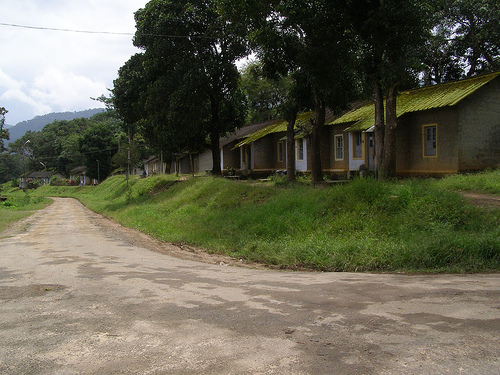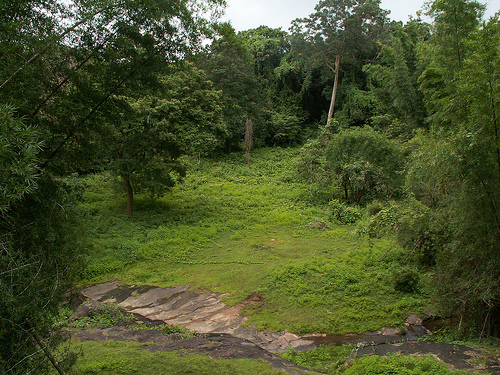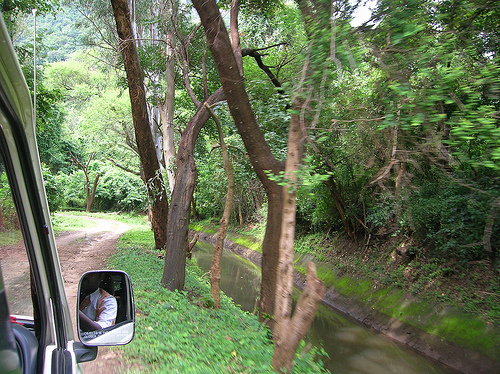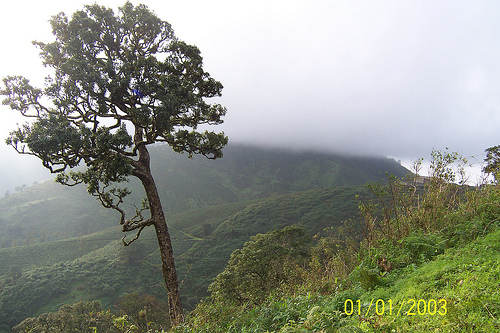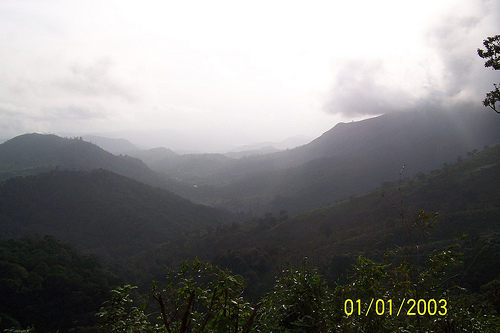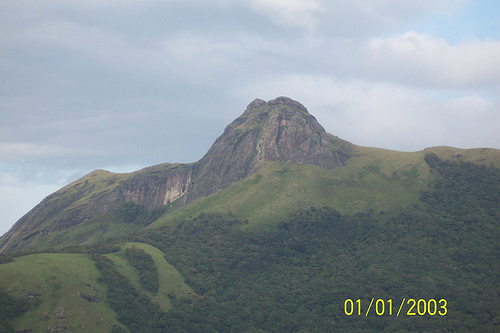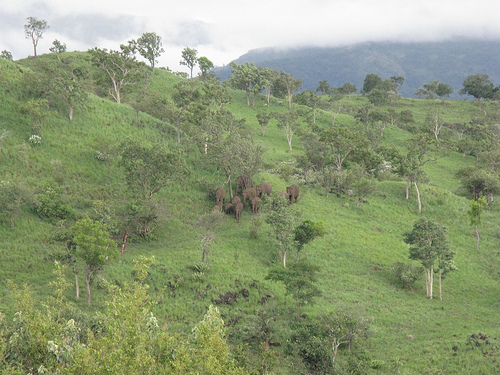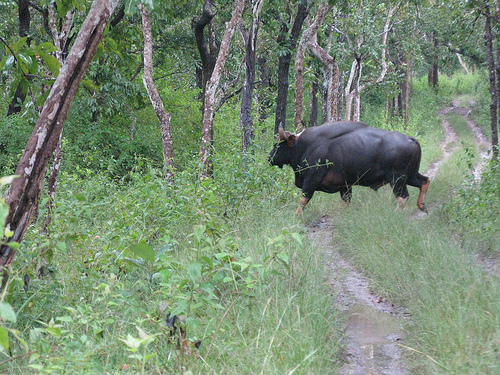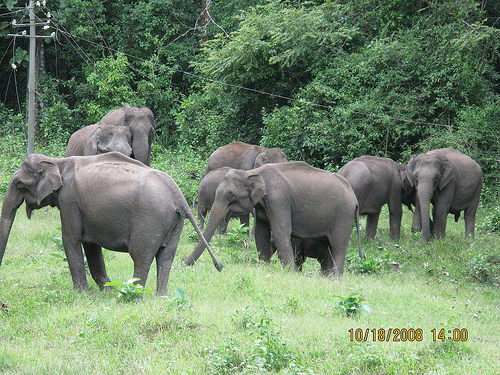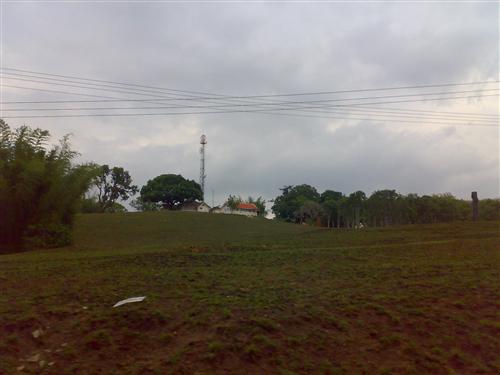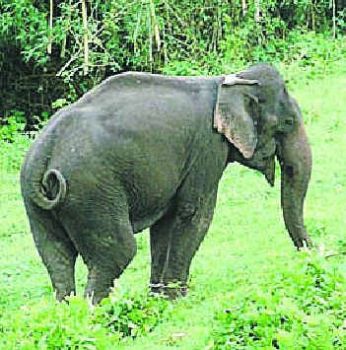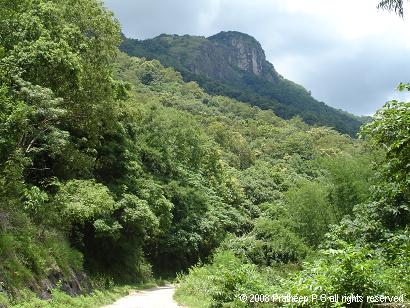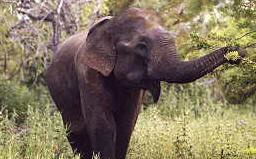Indira Gandhi National Park
Indira Gandhi National Park |
About: |
|
Mudumalai Wildlife Sanctuary is one of the finest and most attractive wildlife sanctuaries in South India. Located amidst the picturesque hilly terrain of the Western Ghats, the Mudumalai National Park spans an area of approximately 321 sq km. The Mysore-Ooty highway runs through the park, following the Moyar River, which separates Mudumalai National Park from the famous Bandipur Tiger Reserve in Karnataka. This sanctuary is also part of the renowned Nilgiri Biosphere Reserve of India. Situated at the foothills of the Nilgiri hills in Tamil Nadu, Mudumalai, which translates to "ancient hills," was declared a reserve in 1927 and converted into a sanctuary in 1940. It shares borders with Bandipur National Park in Karnataka and Wayanad Wildlife Sanctuary in Kerala, forming part of an interconnected Nilgiri Biosphere Reserve that includes Nagarhole National Park. The Moyar River marks the natural boundary, supporting a rich ecosystem that includes both dry and moist deciduous forests. Nestled on the northeastern slopes of the Nilgiris, Mudumalai Wildlife Sanctuary holds the distinction of being the first wildlife sanctuary created in South India in 1940. It features a diverse terrain of undulating Western Ghats spanning Tamil Nadu's interstate boundaries with Karnataka and Kerala. Nearby reserves, including Bandipur and Wayanad, as well as Sigur and Singara forests, enhance its strategic conservation value. Known for its vibrant birdlife, Mudumalai attracts birdwatchers with endemic species such as the Malabar Trogon, Malabar Grey Hornbill, and Malabar Great Black Woodpecker. Mudumalai serves as an important corridor for migratory elephants, enabling their movement through Nagarhole, Bandipur, and Mudumalai toward the forests of Kerala. A visit to the Theppakadu Elephant Camp offers an interactive experience with elephants and mahouts, and this camp is renowned for having the highest number of elephant births in captivity. The sanctuary also houses a critical Elephant Rescue and Rehabilitation Center that works actively toward wildlife preservation. Since its designation as a tiger reserve in 2007, Mudumalai has contributed significantly to India's tiger conservation efforts. The park supports a diverse ecosystem with over 50 species of mammals, 227 species of birds, 21 species of amphibians, and various fish species. Key wildlife includes the Bengal tiger, Indian elephant, Indian leopard, gaur, and several endangered species, such as the Indian white-rumped vulture and long-billed vulture. Conservation initiatives have increased protection measures to ensure sustainable biodiversity. The optimal time to visit Mudumalai National Park is between October and May, avoiding the monsoon season when heavy rains can limit accessibility. Activities for visitors include jungle safaris, birdwatching, and tours of the Theppakadu Elephant Camp, promising an unforgettable experience in this pristine sanctuary. The recently improved infrastructure includes guided jeep and van safaris and eco-lodges that offer unique wildlife encounters while supporting sustainable tourism. |
Location info: |
| Address: Mudumalai National Park, Nilgiri District, Tamil Nadu, India |
| District: Nilgiri |
| Nearest City: Gudalur - 16 km |
| Best Time to Visit: The park has a moderate climate year-round, but the best time to visit for pleasant weather and optimal wildlife sightings is from October to May. |
| Best time to visit: Moderate warm climate almost through the year makes it attractive destination throughout the year but the best time to visit would be December to April. |
Climate/Weather: |
|
The climate at Mudumalai National Park is generally moderate and suitable for visiting year-round. However, the park experiences three distinct seasons:
The ideal time to visit Mudumalai National Park is from October to May, avoiding the peak monsoon season. Visitors should prepare for varying temperatures depending on the season, with light layers recommended during winter months. |
Interesting things to Visit: |
Fauna Topslip is the place of first choice to most of the tourists. Ample accommodation, vehicle ride, elephant ride and regulated nature walk are provided. Adjacent Karianshola a tropical rain forest with tall rising trees and well-developed canopy forest is for serious visitors. Medicinal Plants Conservation area (MPCA) and interpretation centre here cannot be missed. In the west, it connects with Kerala’s Parambikulam Wildlife Sanctuary and a joint visit would give a taste of varied landscape and lot of surprises.Elephant camp at Chinnar is 25 KM from Topslip. Grassy swamps and teak plantations and the Seychalli valley are other interesting spots Valparai is one of the highest mid elevation hill resort in the country. The tea plantations are surrounded by evergreen moist deciduous forest a rich elephant tract and a panther prowl. Grasshills can be reached conventionally through pollachi over the Attakatti ghat or from topslip via vargaliar and manompally. The shoals and grass lands which are continuous with the grass lands till Konalar hut and a briddle path connects the grass hills of the Eravikulam National Park in Munnar district. Rhododenron, Kurinji are popular in this tract. Tiger, panther, Elephant Nilgiri Tahr and many other wildlife are found to be peacefully existing in this area. The grass hills road ends at Konalar, a small mountain stream across which the Konalar hut is located. |
How to Reach: |
|
Nearest Petrol Pumps: |
| Indian Oil Petrol Pump - Thorapalli, approximately 7 km towards Gudalur. |
| HP Petrol Pump - Gudalur, about 18 km towards Ooty. |
| Shell Petrol Pump - Gundlupet, roughly 30 km towards Mysuru. |
| It is recommended to refuel your vehicle before entering the park to ensure a smooth visit. |
Help Line/Phone Numbers: |
| Mudumalai Tiger Reserve Office: 0423-2445971 |
| Forest Department, Tamil Nadu: 0423-2444098 |
| Gudalur Police Station: 04262-261327 |
| Gudalur Government Hospital: 04262-261222 |
| For more information, visit the Mudumalai Tiger Reserve Website or the Tamil Nadu Forest Department Website. |
Indira Gandhi National Park |
| Fauna: |
| The Anamalai wildlife sanctuary has various kinds of fauna like Panther, Elephant, Gaur, Sloth Bear, Tiger, Deer, Wild Bear, Porcupine, Wild Dog, Flying Squirrel, Jackal, Civet Cat, Pangolin and birds like Rocket-tailed Drongo, Red Tree Pie, Whiskered Bulbul, Spotted Dove, Black Headed Oriole, Pigeon etc. There is a reservoir (the Amaravati reservoir) in the Anamalai, having a large number of crocodiles. ............more |
| Attractions at Anamali: |
| There are many places of natural and scenic beauty in the Annamalai wildlife sanctuary. Some of them are Grass hills, Karianshola, Anaikunthi Shola, groves, waterfalls, teak forests, reservoirs and dams. There are arrangements of exploring the sanctuary on elephant back or by van...........more |
| Topslip: |
| Topslip is the place of first choice to most of the tourists. Ample accommodation, vehicle ride, elephant ride and regulated nature walk are provided. Adjacent Karianshola a tropical rain forest with tall rising trees and well-developed canopy forest is for serious visitors. Medicinal Plants Conservation area (MPCA) and interpretation centre here cannot be missed. In the west, it connects with Kerala's Parambikulam Wildlife Sanctuary and a joint visit would give a taste of varied landscape and lot of surprises.Elephant camp at Chinnar is 25 KM from Topslip. Grassy swamps and teak plantations and the Seychalli valley are other interesting spots............more |

